I've designed and managed therapeutic gardens throughout my career, and know the 7 essential elements of creating a restorative wellness garden
Expert advice on what to include in your garden to improve your health and well-being
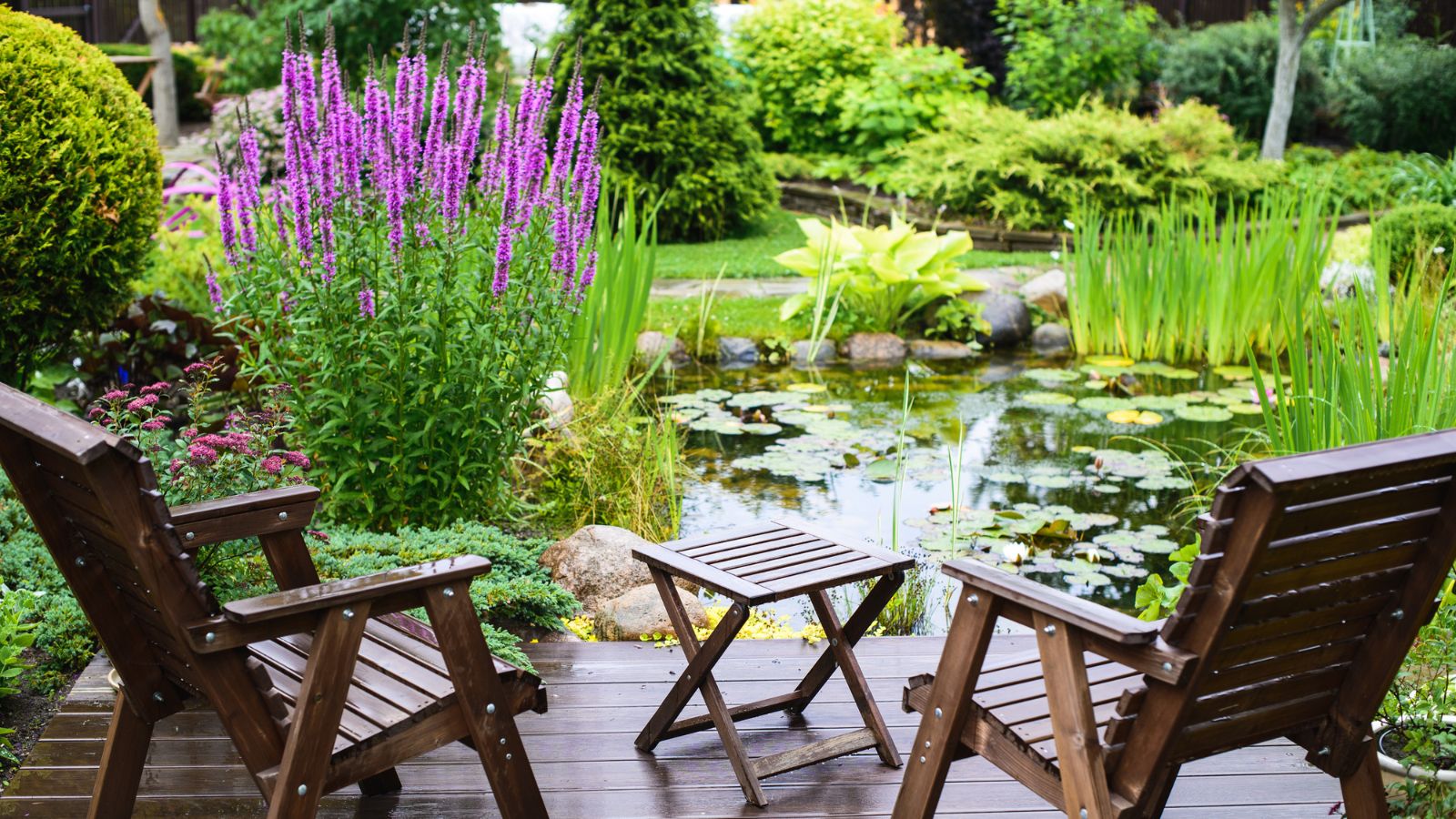

Also referred to as healing or therapeutic gardens, wellness gardens are carefully designed outdoor spaces that foster physical, mental, emotional and sometimes spiritual health and well-being. Generally falling into one of two categories, wellness gardens are typically designed to be either restorative and calming or to enable through active participation, or in some cases both.
Throughout my career managing therapeutic and community gardens, I have helped design and incorporate restorative and enabling elements into these spaces and seen first hand how they can positively impact our health.
Here, I outline what to include when considering how to design a wellness garden and find out how gardening can improve your mental and physical well-being.
Key features to include when designing a wellness garden
We are all unique and what you might find calming or therapeutic in a garden setting might not be the same for someone else.
Nevertheless, here are some elements that are often found in wellness gardens, which you might consider incorporating into your own design.
A water feature of any size
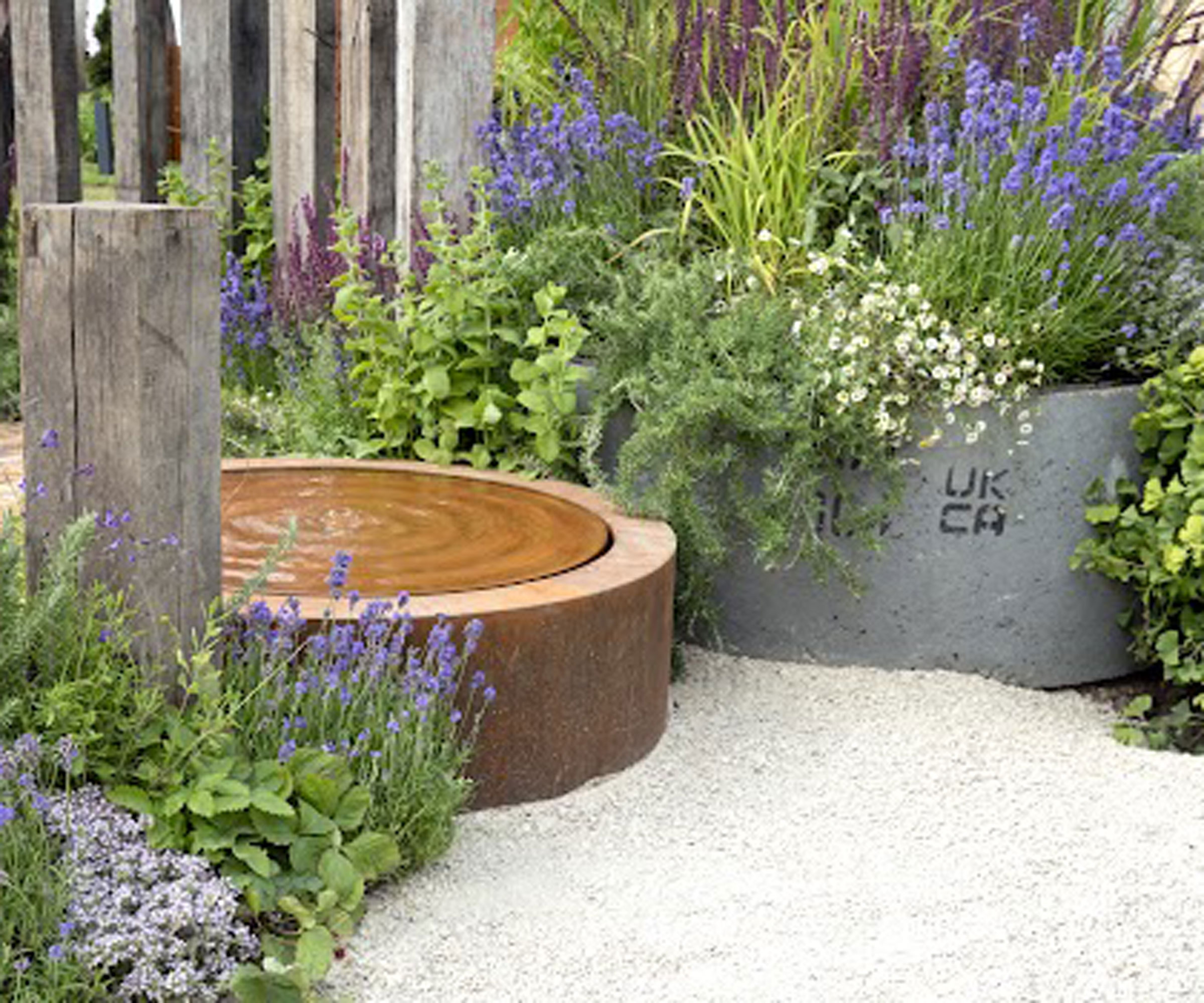
Whether a pond, a water feature, water fountain, or a rill, water is often a key element of a wellness garden. Promoting stillness, a place to reflect, or even providing a sense of movement, water can be used for a variety of purposes.
In the past, I have observed that the background burbling of a trickling rill or fountain can be an effective way to both soothe the mind and drown out the hum of local traffic.
Design expertise in your inbox – from inspiring decorating ideas and beautiful celebrity homes to practical gardening advice and shopping round-ups.
On a personal level, whenever I visit a garden, I am always drawn to water as I find it immensely calming and enjoy seeing how even the smallest water feature, such as this Avonlea Pond and Water Basin from Wayfair, can encourage a wide array of wildlife into the garden.
Either as a focal point, hidden away behind a seating area, or when incorporated into a wildlife area, there is usually a way to include some water in an outdoor space, both in a wellness garden and a typical backyard.
Opportunities to interact with nature
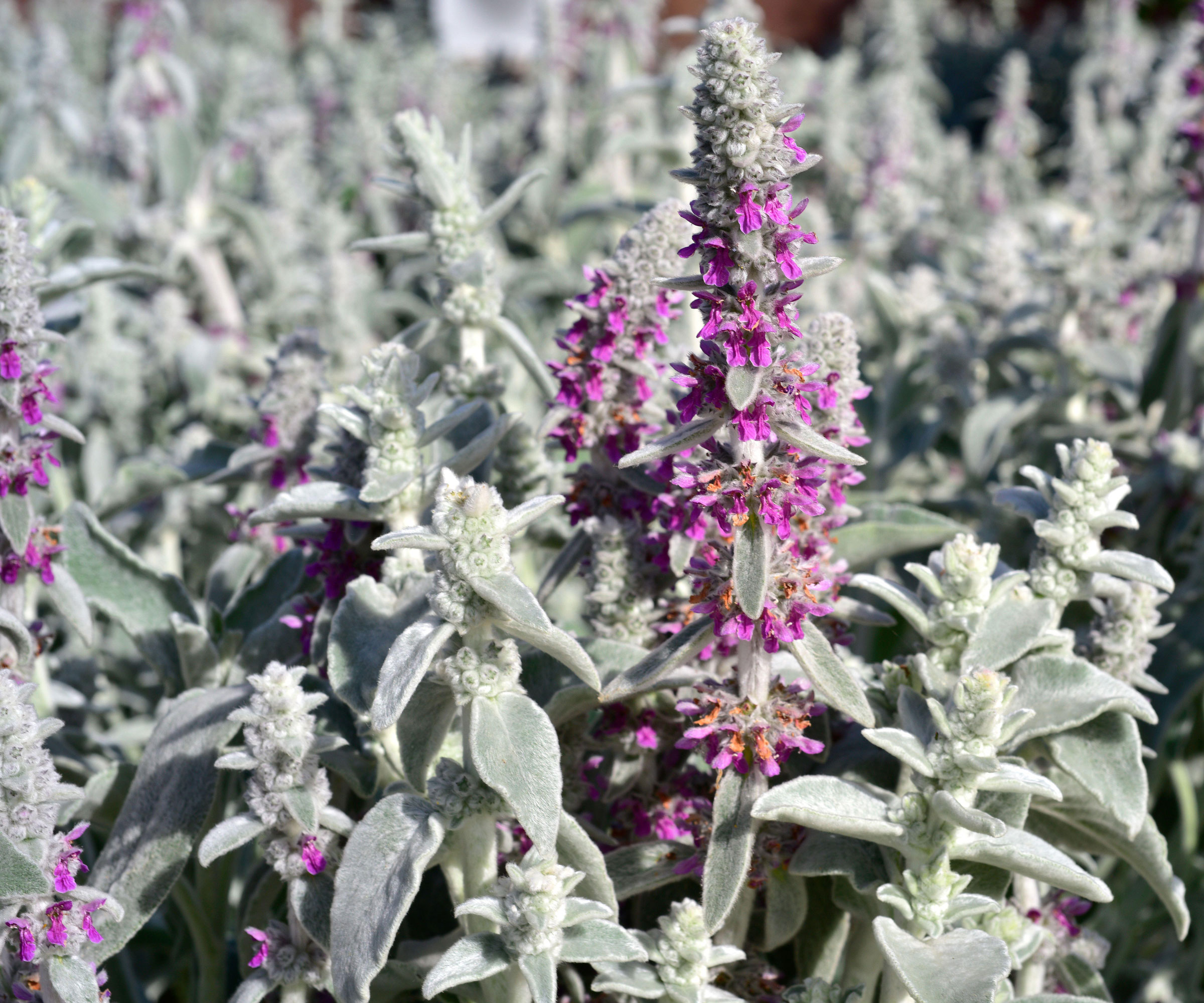
Research shows that it is not just active participation in the natural world that is good for us, but that even passive exposure to nature can help reduce stress, improve mood and lead to faster recovery times for hospital inpatients.
When designing a garden for connecting with nature, engaging all the senses is a great place to start.
Encompassing texture in a wellness garden is a great way of drawing the user into nature. Using plants such as lamb’s ears, Stachys byzantina, with its enticing velvet-like foliage or soft pieces of driftwood or other natural materials around the garden, can encourage people to reach out, touch and interact with the surroundings, rather than just looking at the landscape.
Lamb's ear live plants can be ordered via Amazon.
Scented plants are another key feature to include when considering how to design a wellness garden. Evoking memories, improving mood and promoting calm, plants can be especially beneficial for our mental health.
The staple sensory garden plant lavender (Lavandula), loved for its fragrance and calming purple hues, is known to help promote sleep and relaxation.
Lavender live plants can be ordered via Walmart.
When it comes to hearing, the gentle sounds created by the soothing rustle of bamboo foliage or wind chimes, can have a calming effect for some.
Growing plants that provide movement, like ornamental grasses, can also be incorporated, as they add another layer of sensory stimulation and encourage engagement with the natural surroundings.
Edible and medicinal plants
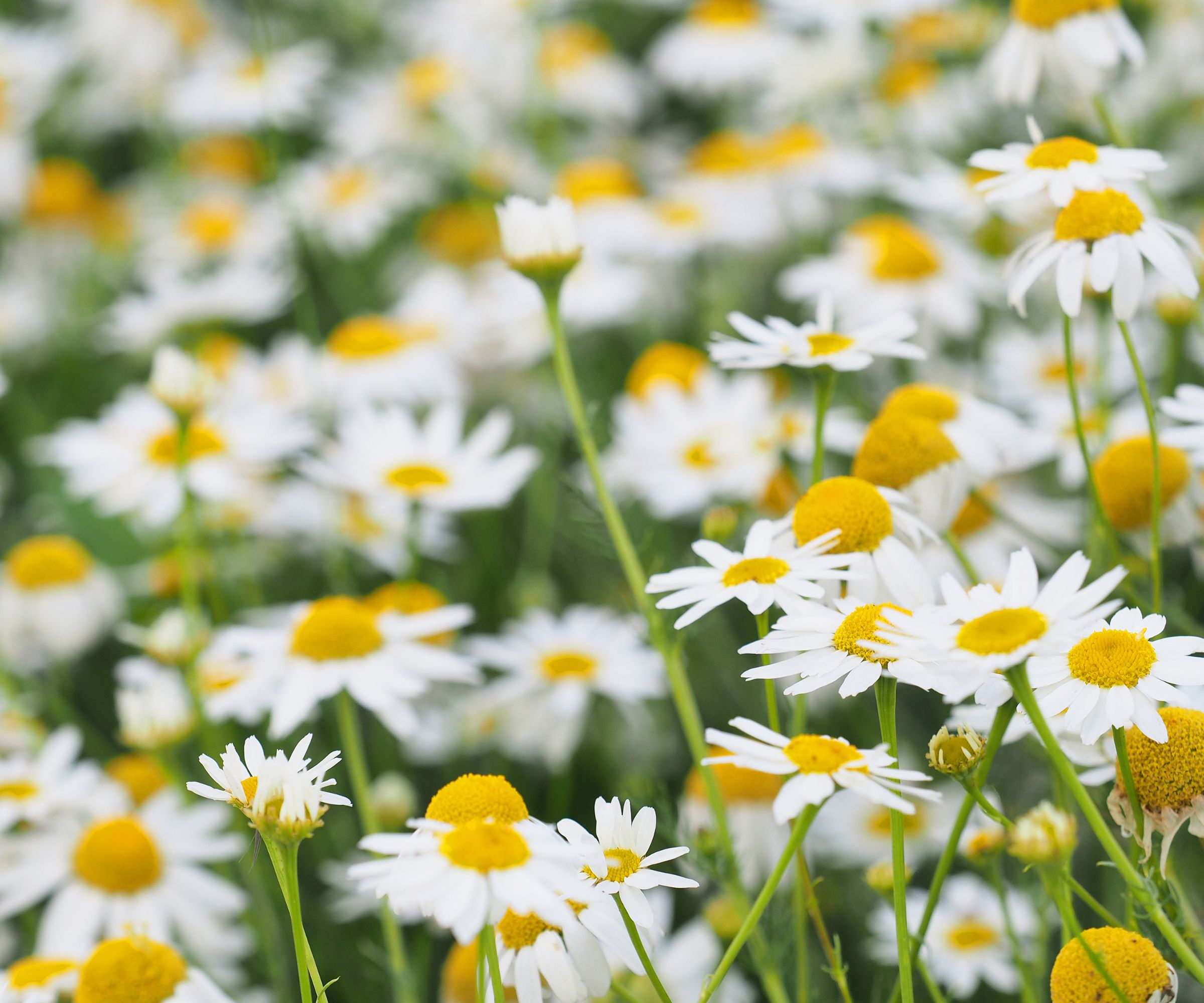
As a horticultural therapist, much of my time is spent enabling and supporting others to grow ornamentals, fruits and vegetables.
Thus, it is hardly surprising that I believe that cultivating and subsequently eating fresh produce is one of the best ways to get close to and connect with the natural world.
Providing an area for growing edible plants in a wellness garden, even on a small scale, can provide an opportunity for the last of the five senses to mention, taste.
Furthermore, it can also allow the chance to take the focus off ourselves and instead fully immerse ourselves in the inherently hopeful activity of growing healthy and delicious food.
Prized for their healing properties, medicinal plants can either be incorporated throughout a wellness garden or allocated a specific zone or bed in the design. Grown for centuries for their curative uses, plants such as coneflowers (Echinacea), chamomile (Chamaemelum nobile) and pot marigolds (Calendula) are not only appreciated for their appearance but also their remedial attributes.
Furthermore, some aromatic herbs like lemon balm (Melissa officinalis) and oregano (Origanum vulgare), which are predominantly grown for their culinary and medicinal properties, can also be used to engage the senses through their scent and by observing pollinators flock to them.
Live lemon balm plants can be ordered via Amazon.
Spaces for reflection

For many, the garden is a sanctuary to escape the hustle and bustle of modern-day life. When designing a wellness garden, you may want to consider using winding pathways to lead you on a journey away from your house or apartment, leaving all that may entail behind.
Outdoor seating areas are an essential component of wellness gardens as they help encourage contemplation and relaxation. A stylish bench, such as this Lutyens Wood garden bench available from Plow & Hearth, will not only look good, but could also become your new favorite spot for some reflection and mindfulness.
When thinking of where to site a seating area, consider where might be best to enjoy the morning sun with a cup of coffee, or where the evening view is at its finest to encourage relaxation at the end of a long day.
Not to be confused with mazes, labyrinths have been used therapeutically for thousands of years. Encouraging reflection, mindfulness and spiritual connection, labyrinths can be constructed from stone, bark, lawn and hedging and can be found in some wellness gardens.
Choice of color

When deciding on color schemes for a wellness garden, you should reflect on what type of feelings you want to evoke. In a restorative wellness garden, for example, you may want to choose the more calming and soothing hues of blue, purple and green.
Whereas, incorporating vibrant reds, oranges and yellows can create a more uplifting and energetic environment. If space allows, you could always include both of these aspects by creating a separate area or 'room' for each of these color palettes.
Accessibility
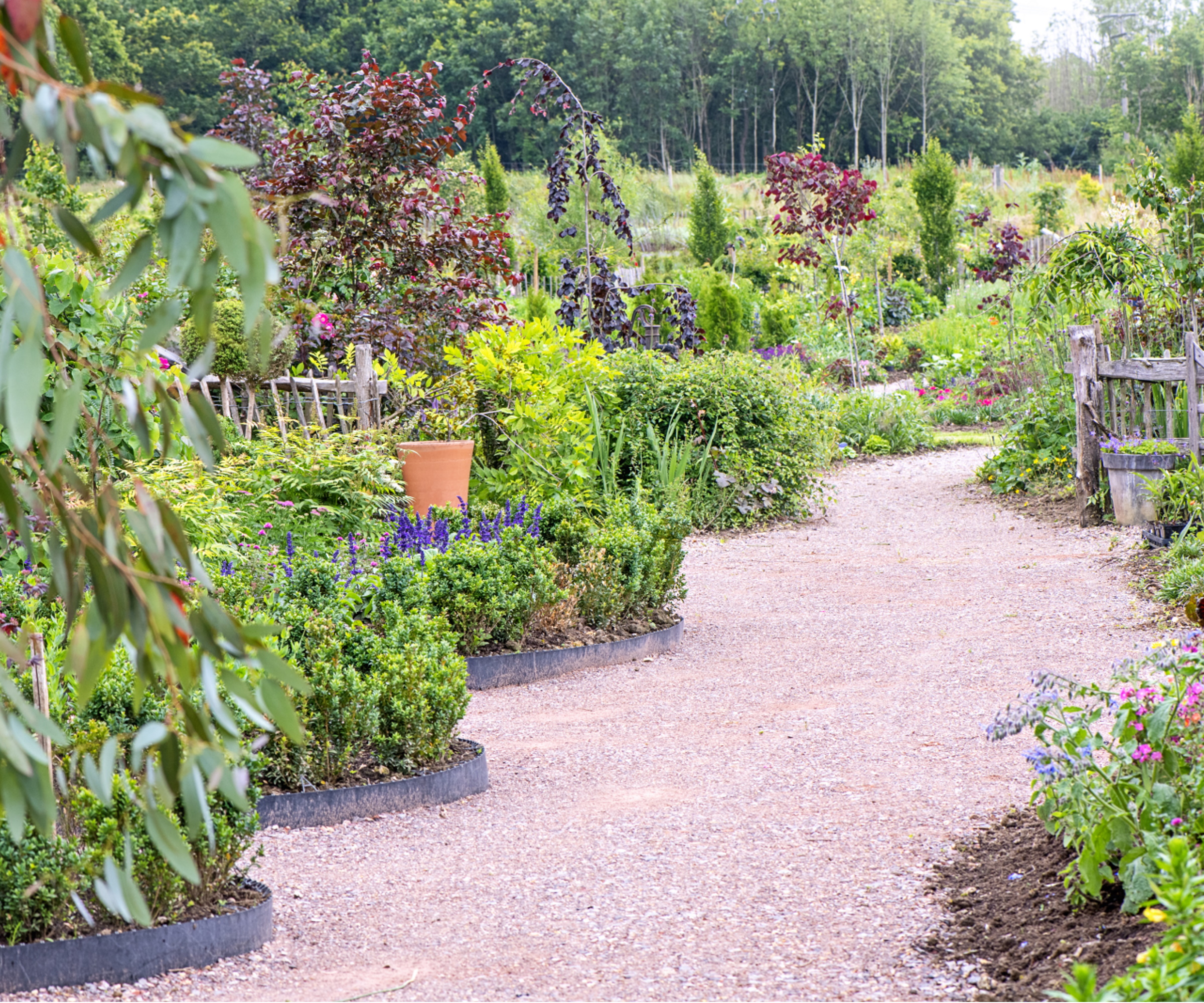
Finally, when designing a wellness garden, it is important to consider accessibility and the needs of those who might be visiting the garden. For example, if wheelchair users or those with reduced mobility might be using the wellness garden, then certain design principles should be met.
To allow wheelchair access, pathways should be designed to a specific width, constructed from suitably hard and secure materials and ramps and turning circles included where appropriate.
For some inspiration, the award-winning Horatio's Garden Stoke Mandeville, designed by Joe Swift, is a great example of how a stunning therapeutic garden can be made fully accessible. Built to support the recovery of people with spinal injuries, Horatio's gardens are tailored to the needs of those using a wheelchair or a hospital bed.
Raised beds are often incorporated into wellness gardens as they can make gardening more accessible, allow users to get their hands immersed in the healing properties of the soil and get up close to nature.
Furthermore, raised beds can be filled with the most appropriate soil or growing media for their intended plants, a great advantage if the site is situated on hardstanding or very poor soil.
If you have the opportunity or want to include a greenhouse, this can be a great way of extending the growing season and the garden's use over the colder months. However, to be accessible, staging heights, door thresholds and floor surfaces must be taken into account.
Combining these elements together
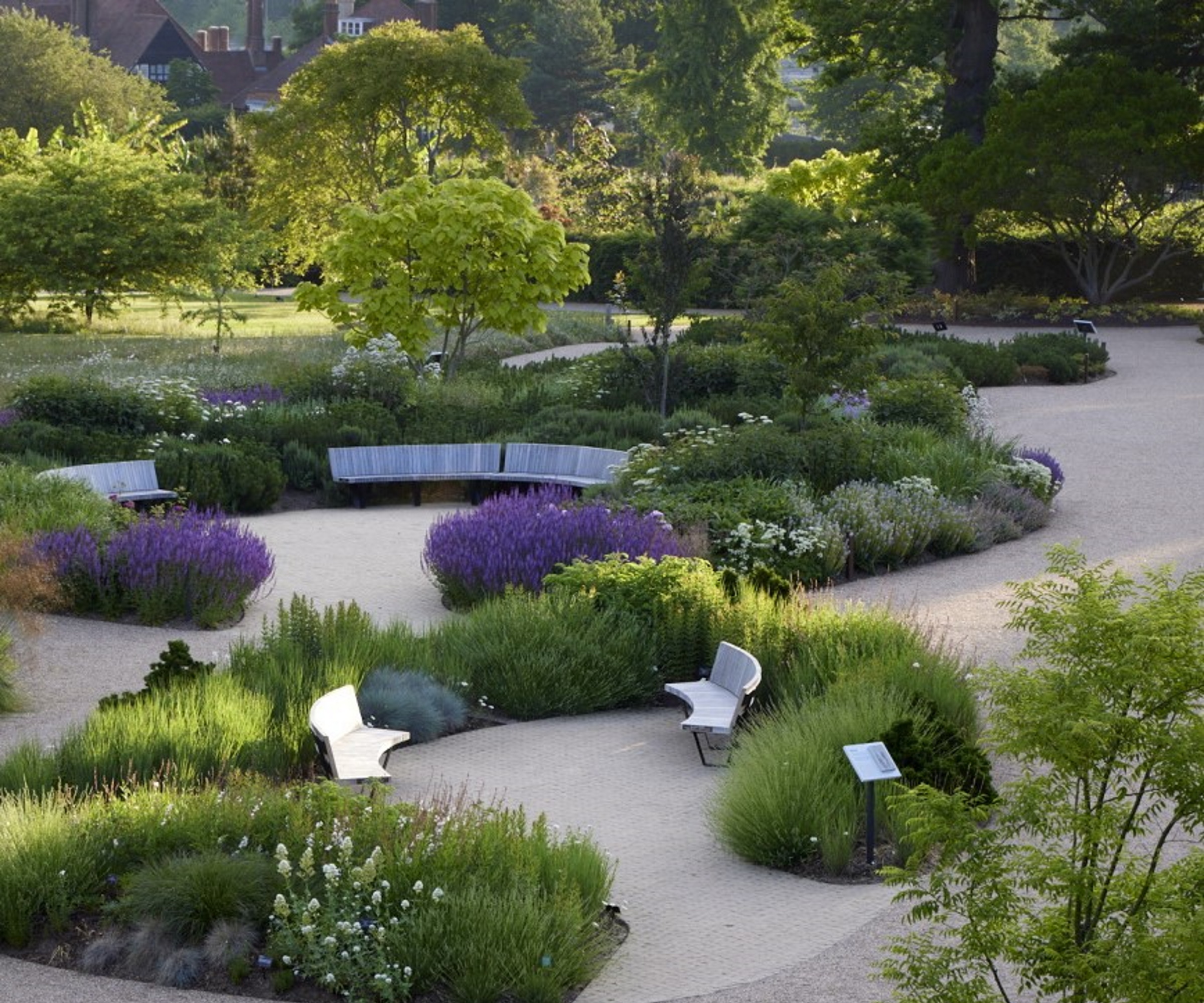
You can design a wellness garden on either a large or a small scale, but smaller yards may limit what is included. If you have the space, you could include all the elements discussed above, but create different zones that are perhaps linked by a winding path.
However, in a smaller space, focusing on just one or two elements may be preferable so as not to complicate the overall design or overwhelm any visitors.
As with any garden design, balance and harmony are important for making the garden work and for any user to feel at ease. However, when designing with different wellness zones, you will want to ensure that there is a cohesive overall design and flow between them to prevent the garden as a whole from feeling disjointed.
Using the same hard landscaping materials for pathways throughout the design and the repetition of certain plants or colors can help create unity and cohesion throughout the garden as a whole.
Of course, not everyone has access to an outside space for a wellness garden. Thankfully, though, caring for houseplants can also be beneficial for our mood and, in some cases, also help purify the air.

Edward Bowring is a horticultural therapist and writer with a passion for gardening and the health benefits that it has to offer. With a background in occupational therapy, Edward worked within health care settings where he witnessed first-hand the healing power of gardening and has managed and run therapeutic kitchen and community gardens ever since.
You must confirm your public display name before commenting
Please logout and then login again, you will then be prompted to enter your display name.